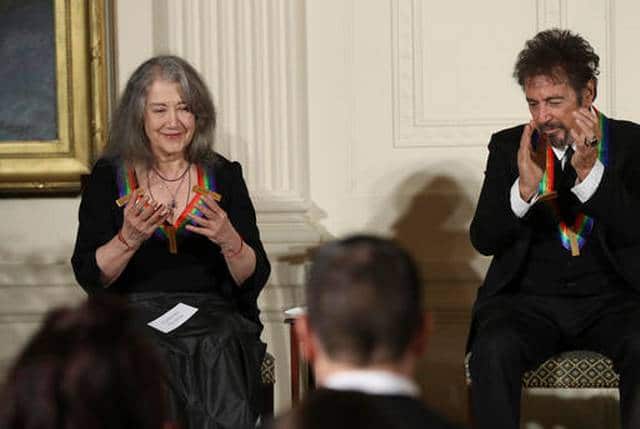German culture minister wins 4.26% increase in federal funding
mainProfessor Monika Grütters is proving as clear-sighted as her predecessor in persuading politicians of the need to support the arts. She has won a significant increase from the Bundestag and says it should send ‘a political signal to cultural leaders in states and cities not to accept cuts in culture, even in financially difficult times’.
Carve those words in stone. The budget will grow by 118 million Euros to 1.34 billion.

Among institutions that will receive extra federal funding are the Beethoven House in Bonn, the Pina Bausch Centre in Wuppertal, the Bauhaus Archive and the Jewish Museum in Berlin.
Federal film funding, however, is to be reduced from 60 to 50 million Euros.





Comments